Are you interested in the history and impact of religion? These are the top religion museums in Andalusia:
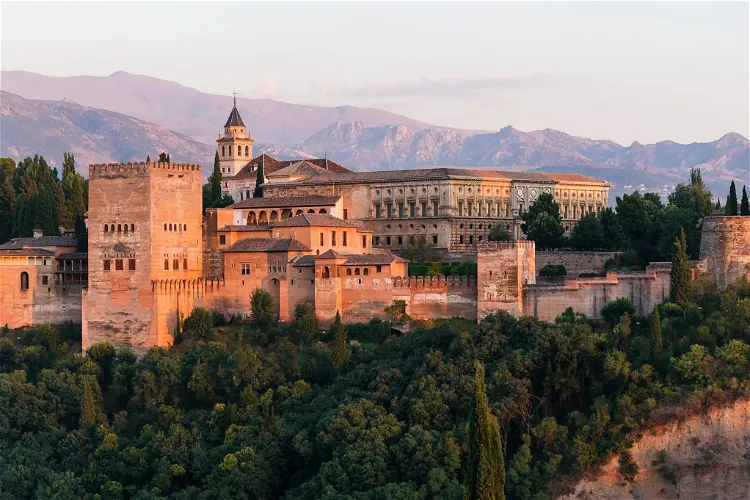
Alhambra
GranadaThe Alhambra, located in the city of Granada in the Andalusian region of Spain, is a historical building that was originally used as a palace and fortress. It was constructed with the architectural style of Islamic Arab, specifically the Kalʿatü'l-Hamrâ. Today, the Alhambra serves as a museum, offering visitors a glimpse into its rich history and architectural beauty.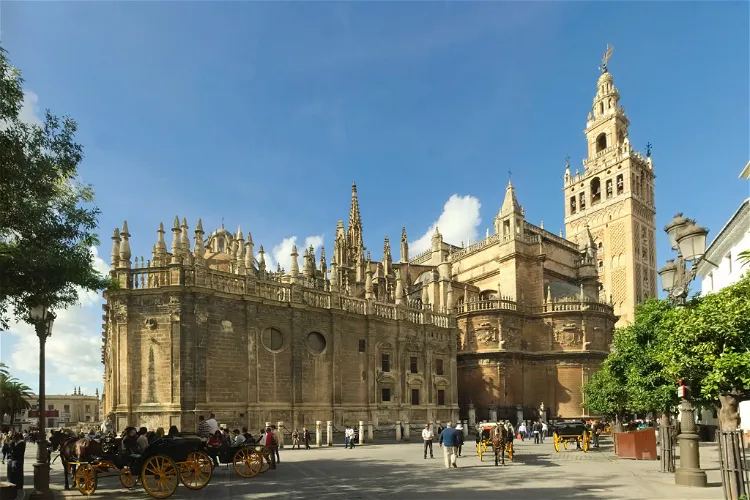
Seville Cathedral
SevilleSeville Cathedral, also known as the Cathedral of Saint Mary of the See, is a significant landmark in Seville, Spain. It holds the distinction of being the world's largest Gothic church and the third largest church overall. This Roman Catholic cathedral is a testament to the architectural prowess of the Gothic era and offers a unique insight into the religious history of Spain.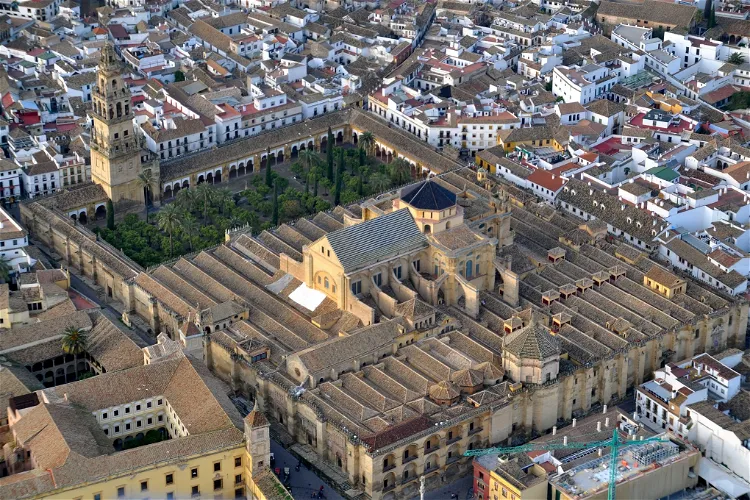
Mosque Cathedral of Córdoba
CórdobaThe Mosque-Cathedral of Córdoba, also known as the Cathedral of Our Lady of the Assumption, is a significant historical and architectural site located in the city of Córdoba, Spain. This structure has served as both a mosque and a cathedral over the centuries, reflecting the city's rich cultural and religious history.
Granada Cathedral
GranadaThe Granada Cathedral, also known as Santa María de la Encarnación de Granada, is a significant religious site located in Granada, southern Spain. It serves as the seat of the Archbishop of Granada. The cathedral's rich history and architectural grandeur make it a notable point of interest for visitors.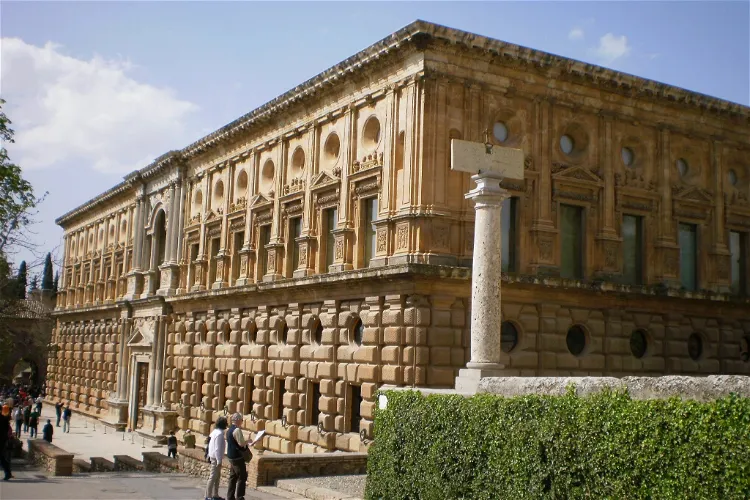
Museum of the Alhambra
GranadaThe Alhambra Museum, previously known as the National Museum of Hispano-Muslim Art, is located in the city of Granada. It is situated in the southern wing of the ground floor of the Palace of Charles V in the Alhambra. This location provides a unique setting for the museum, enhancing the historical and cultural experience for visitors.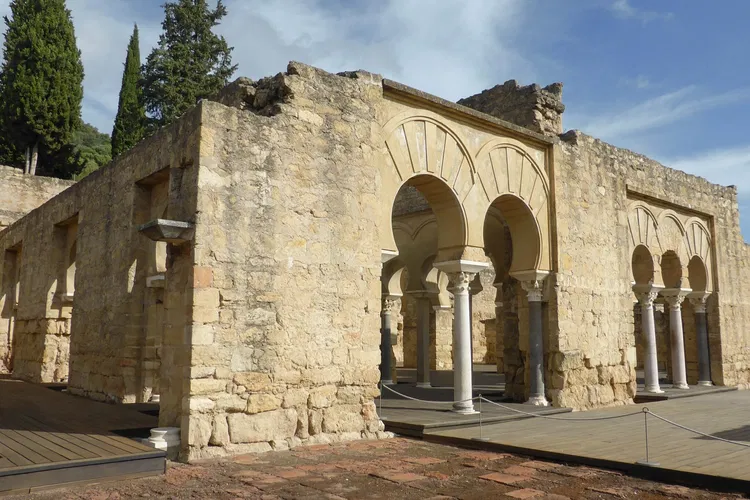
Madinat al-Zahra
CórdobaMadīnat az-zahrāʾ, also known as Medina Azahara, is a historical site located in southern Spain. It is situated approximately eight kilometers west of Córdoba and offers a panoramic view of the valley and the city of Córdoba. This former palace city is a significant part of Spain's rich history and is a fascinating destination for tourists interested in historical and architectural exploration.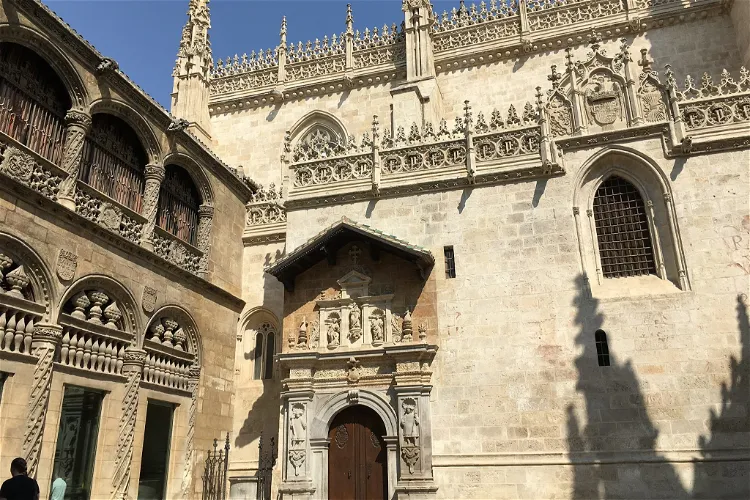
Royal Chapel of Granada
GranadaThe Cathedral of Granada, also known as Santa María de la Encarnación de Granada, is a significant religious site in southern Spain. It serves as the seat of the Archbishop of Granada. This historical monument is located in the heart of Granada, making it easily accessible for tourists.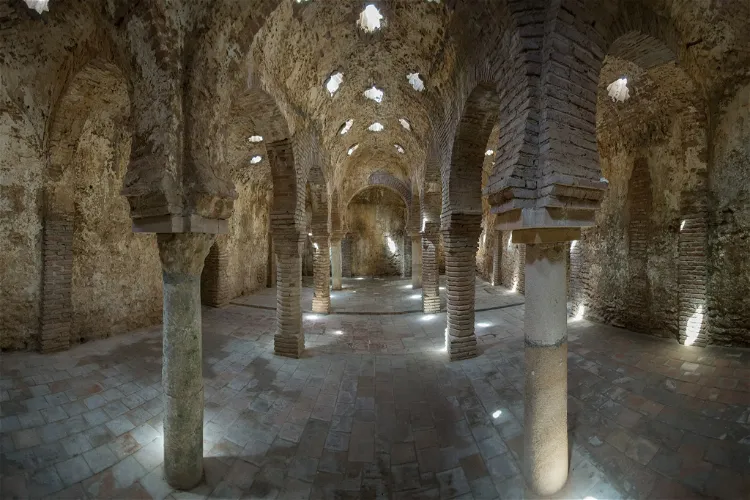
Arab Baths
RondaVisit the richly ornate spa complex that is really extraordinarily well preserved. Situated in a charming old quarter, too.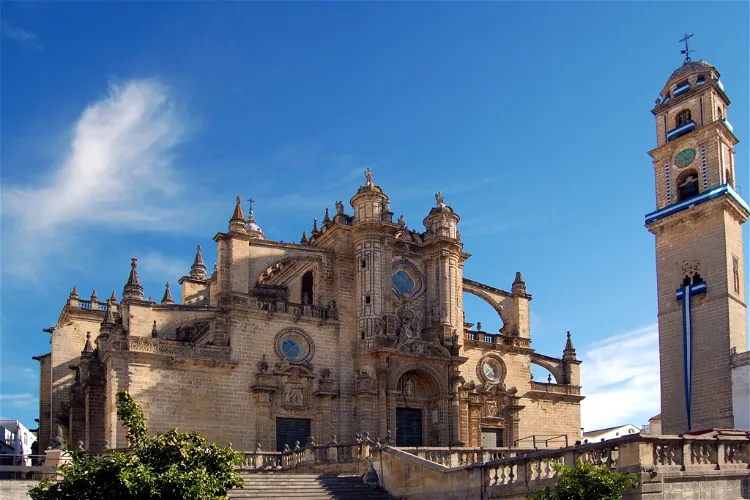
Cathedral of Jerez de la Frontera
Jerez de la FronteraThe Cathedral of the Holy Savior, a Catholic cathedral, is situated in the city of Jerez de la Frontera, within the autonomous community of Andalusia in Spain. This cathedral serves as a significant religious and cultural landmark in the region.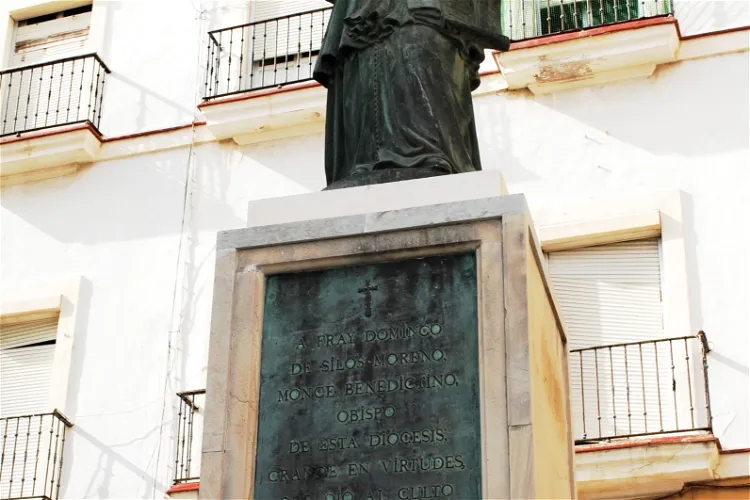
Women's Hospital
CádizThe Hospital de Nuestra Se ora del Carmen, situated in the city of Cádiz, Spain, is a noteworthy example of Baroque architecture from the mid-18th century. The building was designed by Pedro Luis Gutiérrez de San Martín, a master architect from Seville. This historical site offers a glimpse into the architectural style and cultural heritage of the period.
Royal Quarters of Santo Domingo
GranadaThe Cuarto Real de Santo Domingo, located in the Realejo quarter of Granada, Spain, is a former Nasrid palace and convent. This historical site offers visitors a glimpse into the past, showcasing the architectural and cultural heritage of the Nasrid dynasty.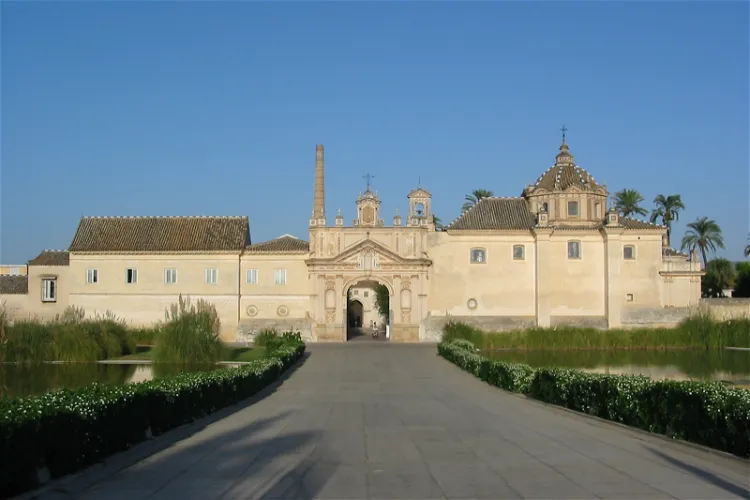
Monastery of the Cartuja
SevilleThe Monastery of Santa María de las Cuevas, also known as La Cartuja, is a former Carthusian monastery located in Seville, the capital of the Andalusia region in Spain. It is situated between the arms of the Guadalquivir on the island of La Cartuja, which got its name from the Carthusian monastery. The monastery was the symbolic center of the Expo 92, the World Exposition 1992 in Seville.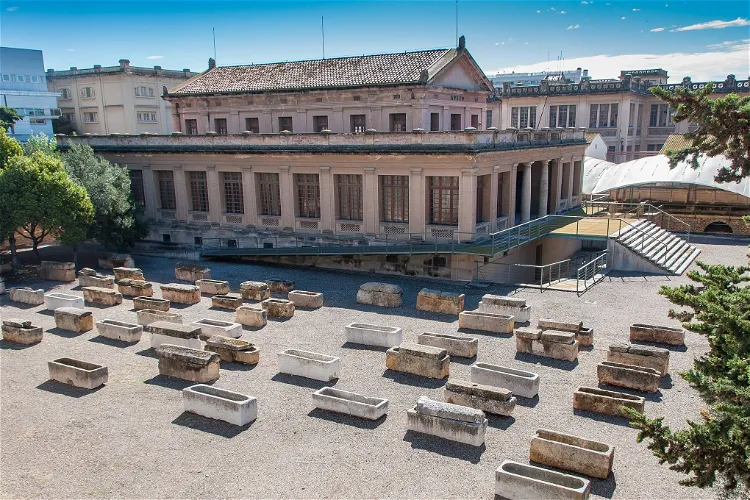
Roman Necropolis of Carmona
CarmonaThe Carmona Archaeological Ensemble, also known as CAC or CAE, is an archaeological site located in the Spanish municipality of Carmona. The site is represented by a Roman necropolis and amphitheater, which date back to the 1st and 2nd centuries AD. These historical structures provide a glimpse into the past and offer a unique opportunity to explore the rich history of the region.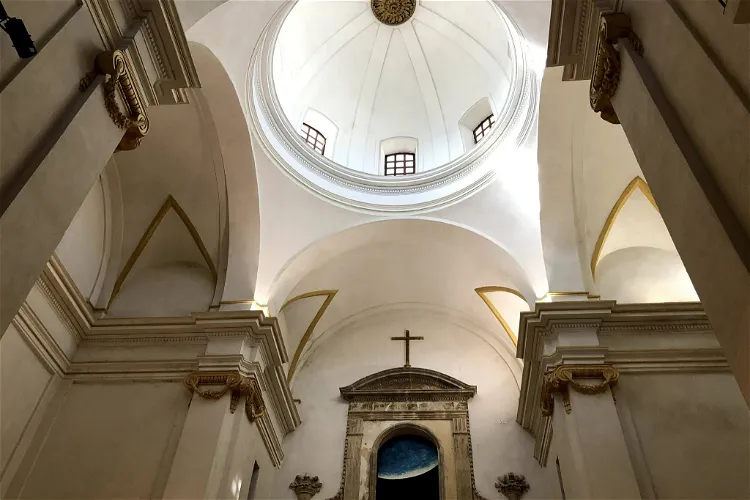
San Jose Church Cultural Center
Puerto RealThe San Jose Church, a declared Cultural Interest Site in the category of Monument, is a significant historical site located in the municipality of Puerto Real, Cadiz, in Andalusia. Its full name is Antigua Iglesia de Jesus, Maria y Jose, and it was constructed in the last third of the 18th century. The church is situated in the heart of the historic center of the town, making it a central point of interest for visitors.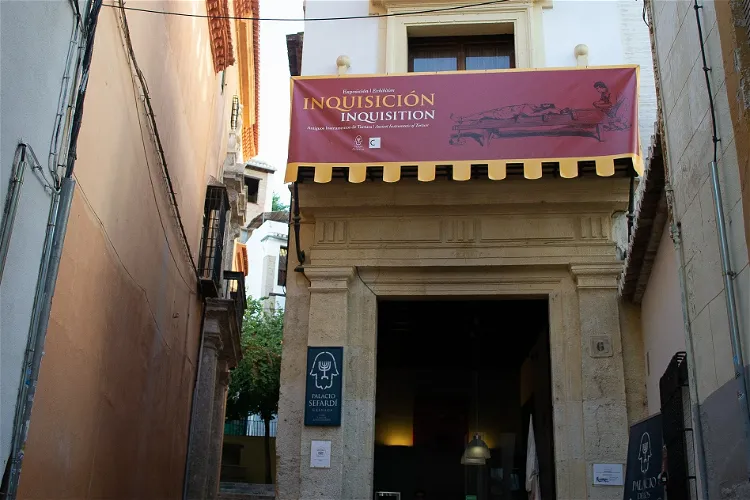
Palace of the Forgotten
GranadaThe Palace of the Forgotten, located in Granada, Spain, is a museum that focuses on the Spanish Inquisition, Jewish history, and the heritage of Granada and Andalusia. This museum provides a unique opportunity to delve into the rich and complex history of these subjects, offering a comprehensive understanding of the region's past.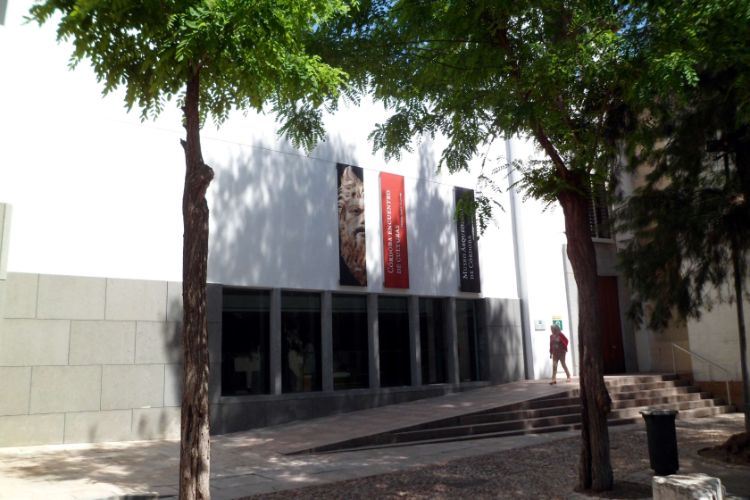
Archaeological Museum of Córdoba
CórdobaThe Archaeological Museum of Córdoba is housed in the former palace of the Páez de Castillejo and a contemporary building built next to it. Its collections consists of a wide variety of pieces that range from Prehistory to the Late Middle Ages. Underground, the museum displays the archaeological rem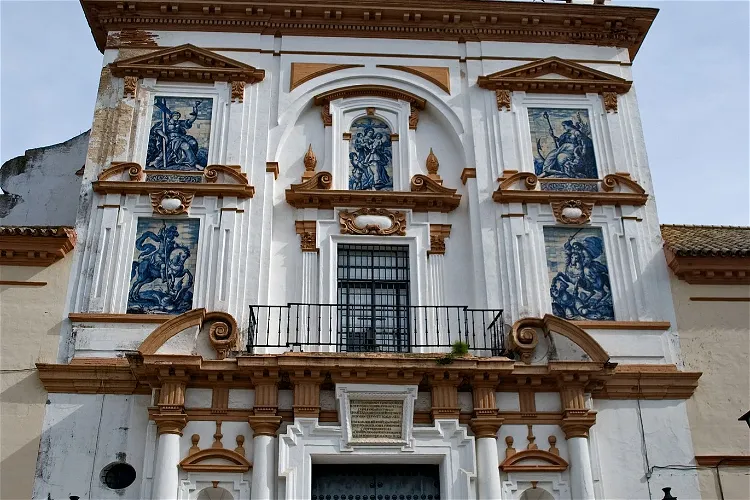
Hospital de la Caridad (Seville)
SevilleThe Hospital de la Caridad, located near the Plaza de toros de la Real Maestranza de Caballería de Sevilla, is a Roman Catholic baroque charity hospital. This historic building is a significant part of Seville's architectural heritage and offers a glimpse into the city's past.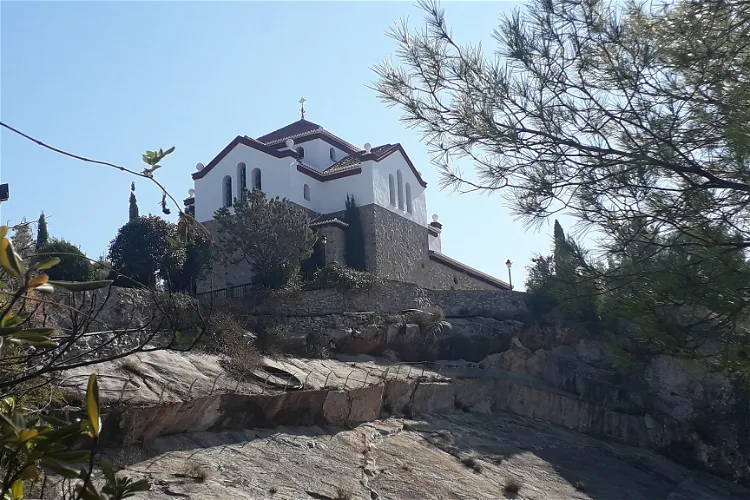
Hermitage of the Three Juanes
AtarfeThe Hermitage of the Three Juanes is situated in the Spanish town of Atarfe, in the province of Granada. This location offers visitors a chance to experience the rich cultural heritage of Spain, while also enjoying the natural beauty of the surrounding area.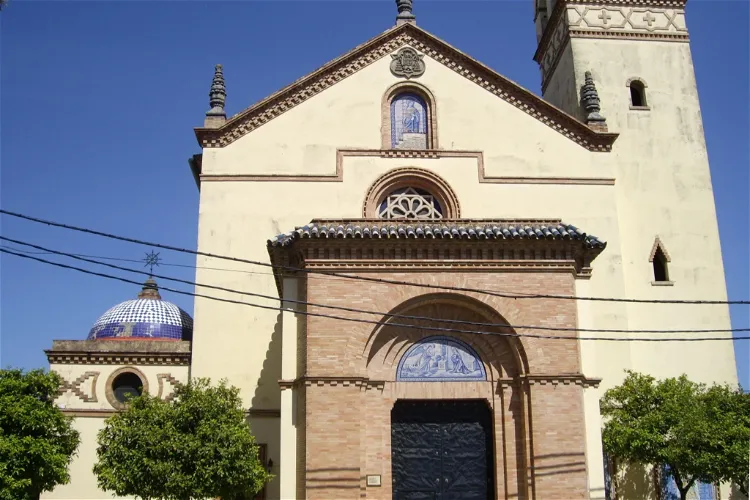
Parroquia de San Juan Bautista
San Juan de AznalfaracheThe structure of the San Juan Bautista church is unique, with a nave divided into five sections, a semicircular head, and two chapels serving as a transept. A notable feature is the bell tower to the right of the church body, decorated with exposed brick and neo-Mudejar elements, adding to the historical and architectural interest of the site.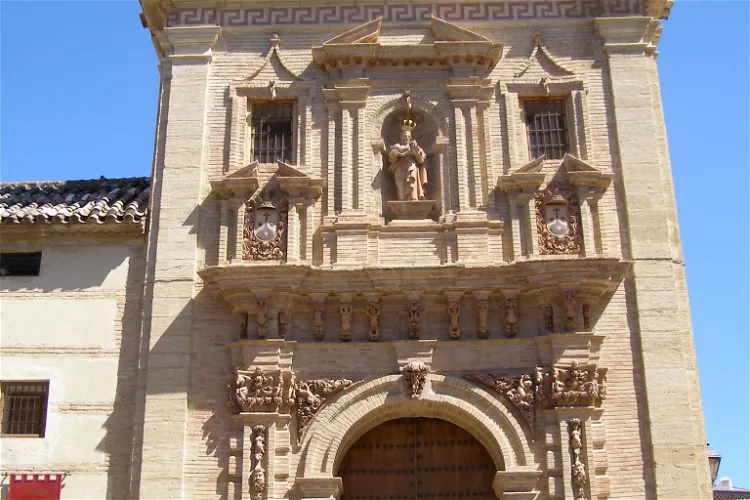
Conventual Museum of the Descalzas
AntequeraThe Conventual Museum of the Descalzas is a religious art museum situated in the town of Antequera, in the province of Málaga, Spain. This museum is an integral part of the San José Convent and is managed by the cloistered nuns of the Order of the Discalced Carmelites.
ArsMalaga
MálagaArsMalaga is housed in a grand bishop's palace (Palacio Episcopal) from 1762, opposite the cathedral. The museum holds a collection of religious art as well as a collection of old African coins. Besides displaying its permanent collection, the museum organises temporary exhibitions.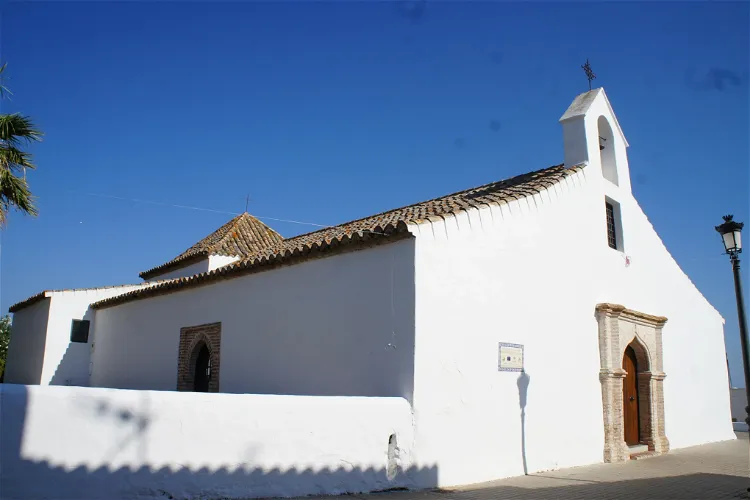
Hermitage of San Sebastian
AyamonteThe Hermitage of San Sebastian is a historical site located in the municipality of Ayamonte, in the province of Huelva, Spain. This structure was built in the early 16th century and is a clear representation of the Sevillian style that was prevalent in the area during that time.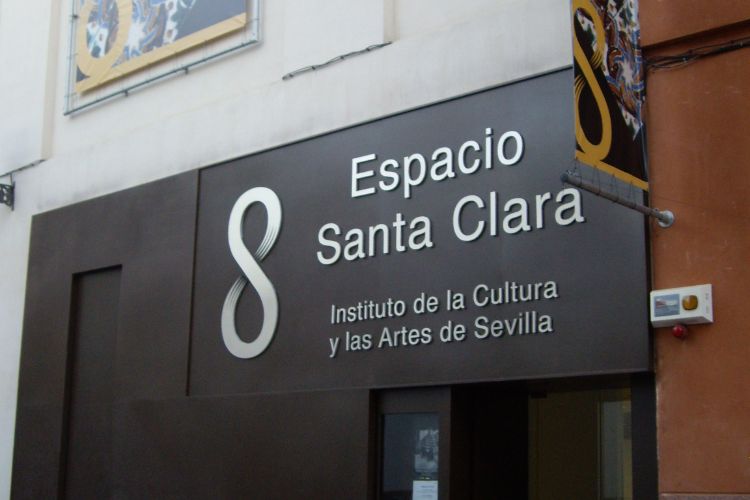
Centro Cultural Santa Clara
SevilleCentro Cultural Santa Clara (The Santa Clara Space) is a cultural center located in the Convent of Santa Clara in Seville. The place is used for artistic and historical exhibitions, as well as presentations on different topics.
Muestra del Belén Xerez
Jerez de la FronteraCovering an area of 1,418 square meters, El Museo del Belén offers a wide variety of nativity scenes in different styles and formats. The museum's exhibits include a spectacular 240 square meter Hebrew-style nativity scene, popular Christmas dioramas, and an exhibition area for nativity scenes in various styles and formats. This variety showcases the creative diversity of this popular art form.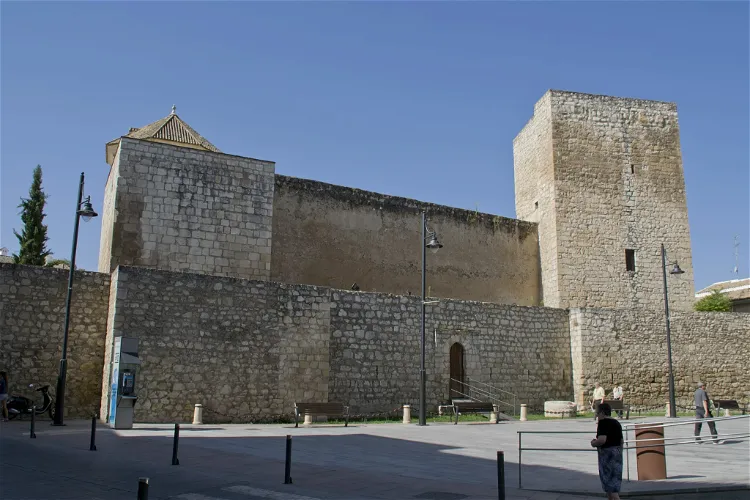
Castle of the Moral
LucenaThe Castle of the Moral, also known as the Castle of Lucena, is a military fortress located in the municipality of Lucena, Córdoba, Spain. It is a significant historical site that dates back to the arrival of the Almohad Empire in the villages in 1148. The castle was strategically built to safeguard the Cora Cabra-Baena, which was possibly very unstable and governed through the control of North-South commercial caravans.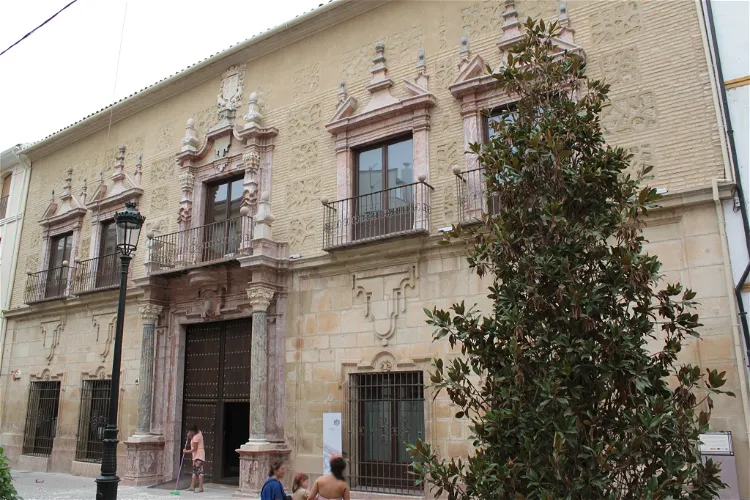
Palace of the Counts of Santa Ana
LucenaThe Palace of the Counts of Santa Ana, situated in the historic center of Lucena, Andalusia, Spain, is a significant example of 18th-century private architecture. Since its inauguration in 2011, it has been home to the Lucena Interpretation Center, providing visitors with a deep understanding of the city's history and culture.
Baeza Cathedral
BaezaThe Baeza Cathedral was classified as a cultural asset in 1931, a testament to its historical and architectural significance. Furthermore, since 2003, it has been part of the UNESCO World Heritage, along with other historical buildings in the city. This recognition underscores the cathedral's global importance and makes it a noteworthy destination for tourists.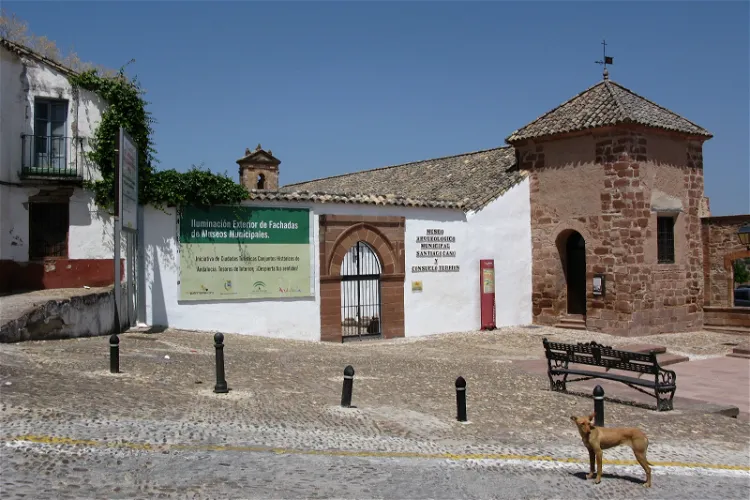
Archaeological Town Museum
MontoroThe Archaeological Municipal Museum of Montoro is a city-owned and managed museum located in the city of Montoro, in the province of Córdoba, Spain. This museum is a significant part of the city's cultural heritage and offers visitors a chance to explore the rich history of the region.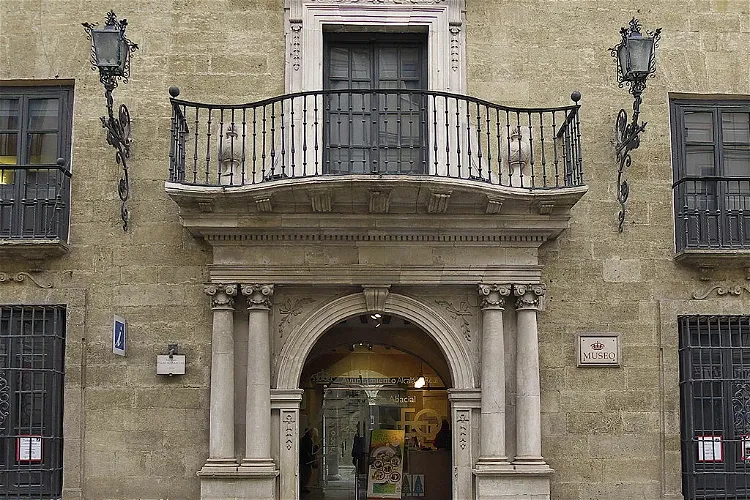
Abbey Palace
Alcalá la RealThe Municipal Museum of Alcalá la Real is a significant cultural institution in the province of Jaén, Spain. Managed and owned by the municipality, it is situated in the town of Alcalá la Real. The museum offers a rich collection of archaeological, ethnological, anthropological, paleontological, and scientific exhibits, making it a fascinating destination for those interested in a wide range of disciplines.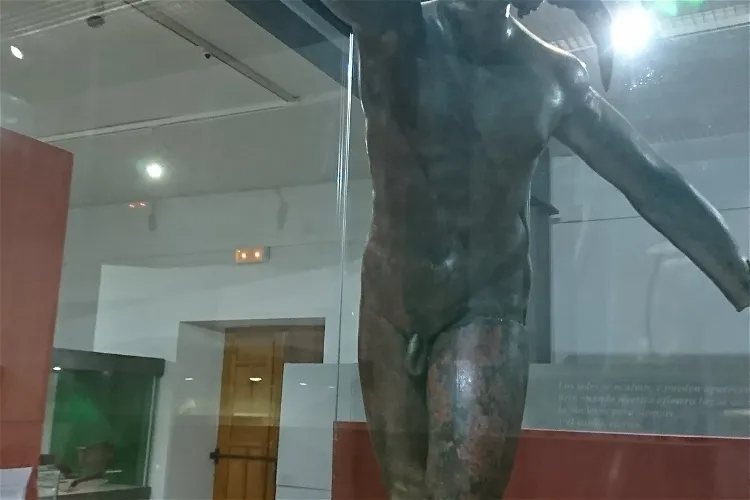
Historical Archaeological Museum of Almedinilla
AlmedinillaThe museum was officially opened in 1999 and occupies a space of 1200 square meters. The exhibition space is divided into three rooms: Sala del Aceite, Sala Íbera, and Sala Romana. Each room is dedicated to a specific period or theme, providing visitors with a comprehensive understanding of the region's history and culture.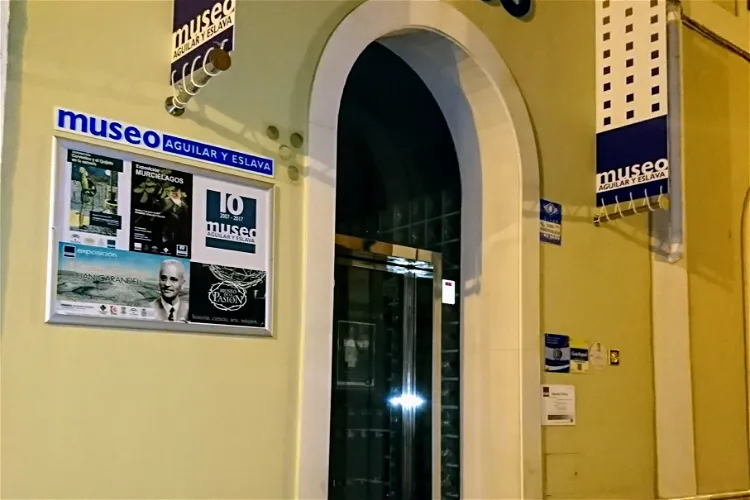
Aguilar y Eslava Museum
CabraThe Aguilar y Eslava Museum is situated in the historic building of the former Royal College of the Purísima de Cabra. This building also houses the IES Aguilar y Eslava and is home to the historical and artistic collections of the Aguilar y Eslava Foundation. The museum's location in a historic building adds a layer of cultural and historical significance to the exhibits on display.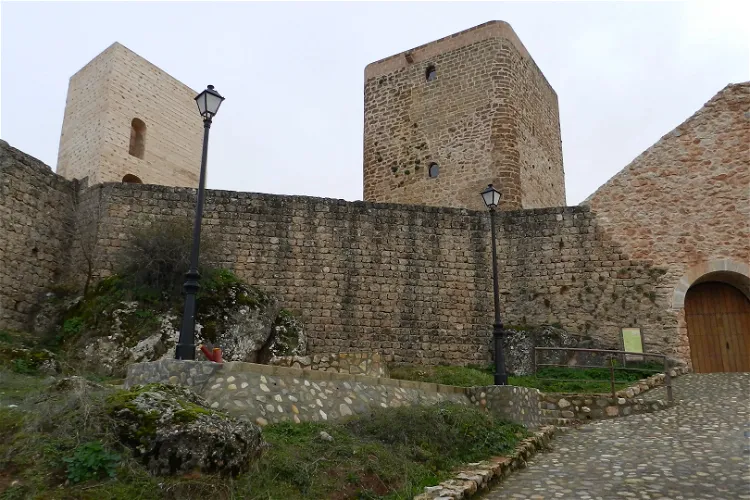
Castillo de Hornos de Segura
HornosThe Hornos Castle, a 13th-century fortress, is situated in the village of Hornos, nestled within the Cazorla, Segura and Las Villas Natural Park in Jaén, Spain. This historical site is a testament to the complex border disputes that took place in the region from the 12th to the 14th century. The castle's primary role was to protect the population and relay messages from the Guadalquivir high valley transmitted by the Bujarcaiz and Bujaraiza Castle towers. It is located at the highest point of the rocky hill on which the village is built.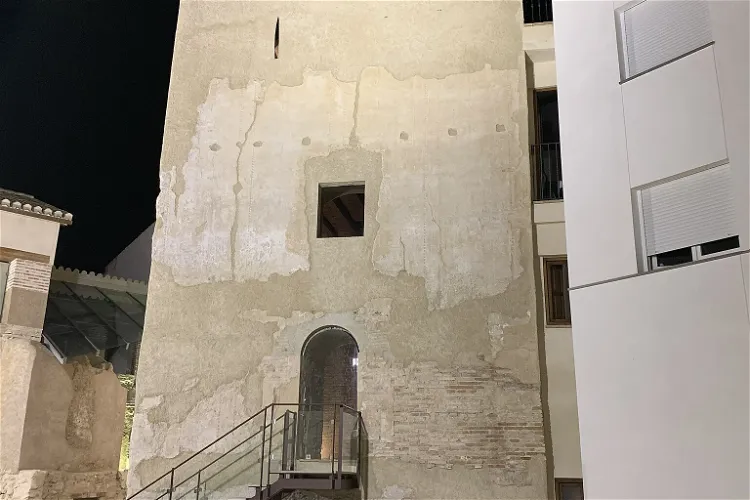
Torreón de Huétor
Huétor TájarEl Torreón de Huétor is a significant historical monument located in the town of Huétor Tájar. It was once part of the fortified wall system of the Alquería de Huétor, a settlement that dates back to the period of the Nasrid dynasty, before the Castilian conquest. The tower is situated on the left bank of the Genil River, in the heart of the Poniente Granadino region. It is a testament to the rich history of the area and offers a glimpse into the architectural and defensive strategies of the past.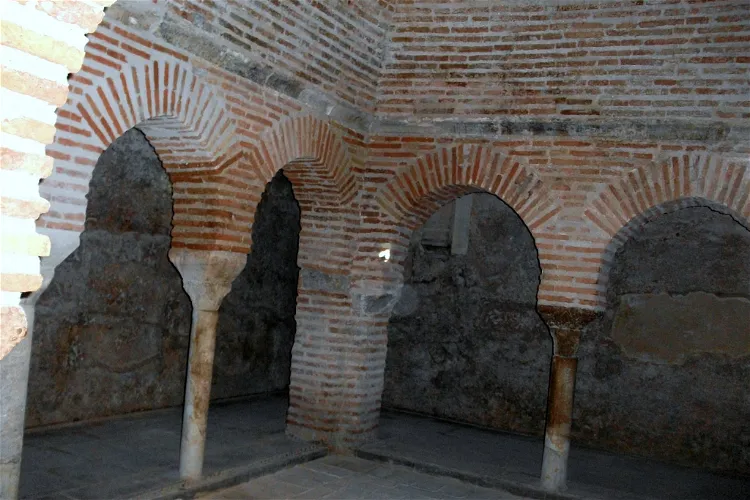
Arab Baths
BazaThe Arab Baths of Baza, also known as the Baths of the Jewish Quarter, are a significant historical site dating back to the 13th century. These baths are a prime example of urban baths associated with the ancient mosque, now the Church of Santiago. They were located in the old Marzuela suburb, now the Santiago neighborhood. The baths were discovered by historian Manuel Gómez Moreno in the late 19th century.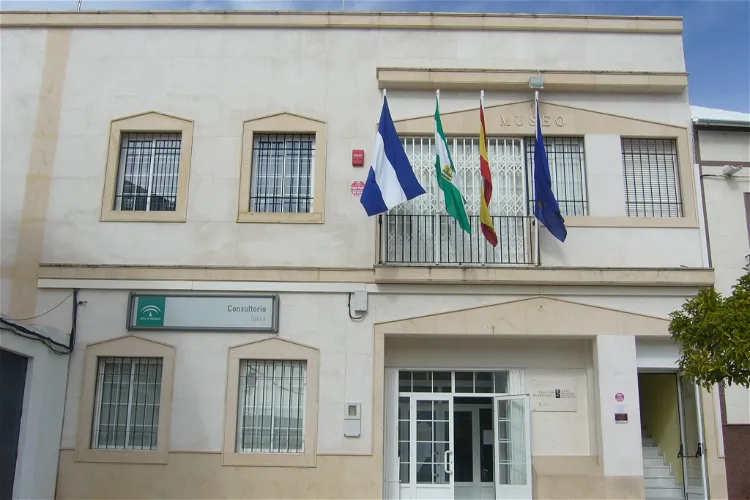
Colección Museográfica de Gilena
GilenaThe Colección Museográfica de Gilena, located in the municipality of Gilena in the province of Seville, Spain, offers a permanent exhibition divided into two distinct areas. One area is dedicated to the artistic work of local painter Francisco Maireles Vela, providing a didactic explanation of his contributions to the art world. The other area focuses on the historical and cultural evolution of the town, tracing its history from Prehistory to the Visigothic society.- 36
Centro de interpretación Judería de Sevilla
SevilleThe Centro de interpretación Judería de Sevilla is a museum in Seville that is focused on the neighborhood and its Jewish history, culture and the Diaspora. - 37
Museo Arqueológico Profesor Sotomayor
AndújarThe Museo Arqueológico Profesor Sotomayor is a museum situated in the city of Andújar, in the province of Jaén, Spain. It is a significant location for those interested in archaeology and history, offering a unique insight into the past of the region.